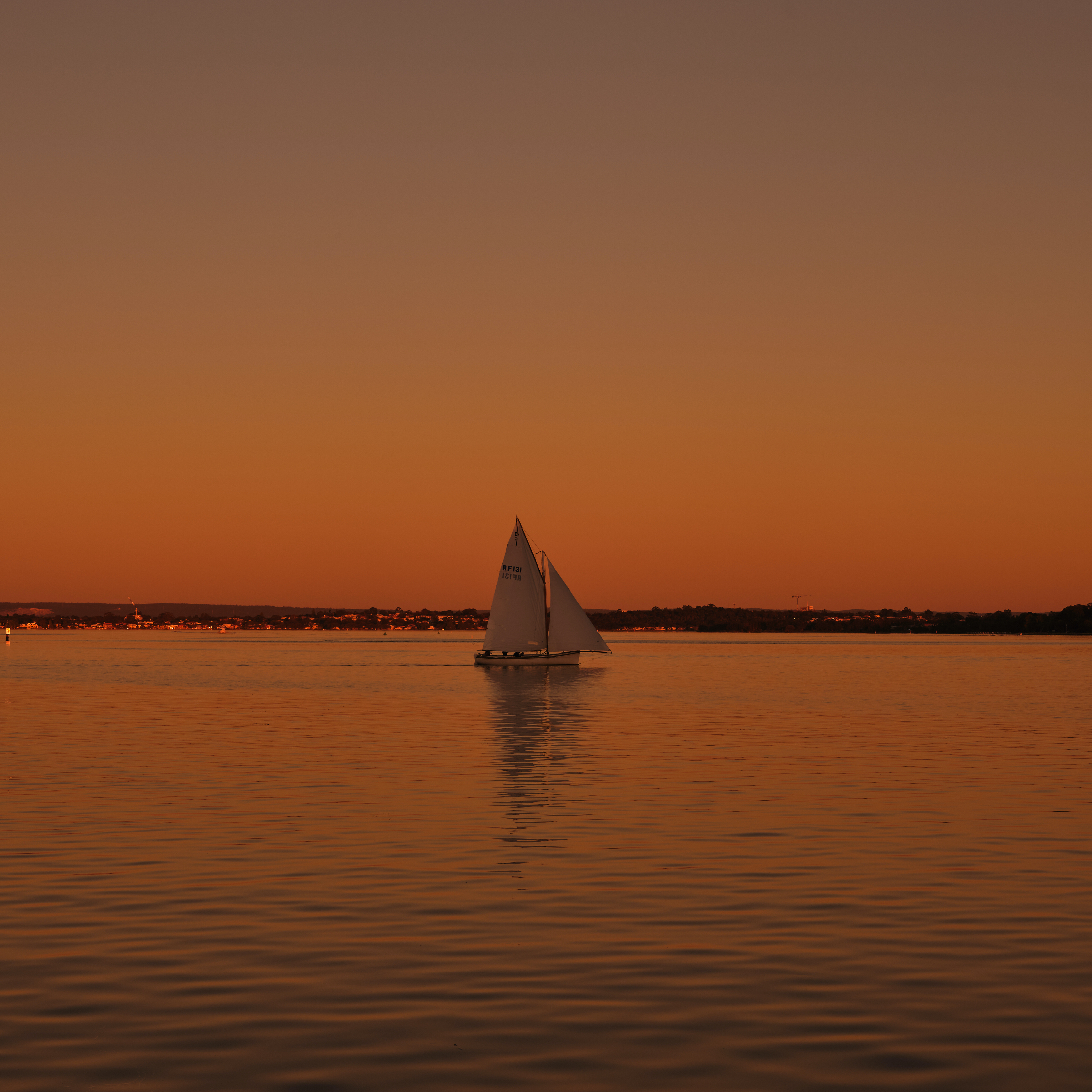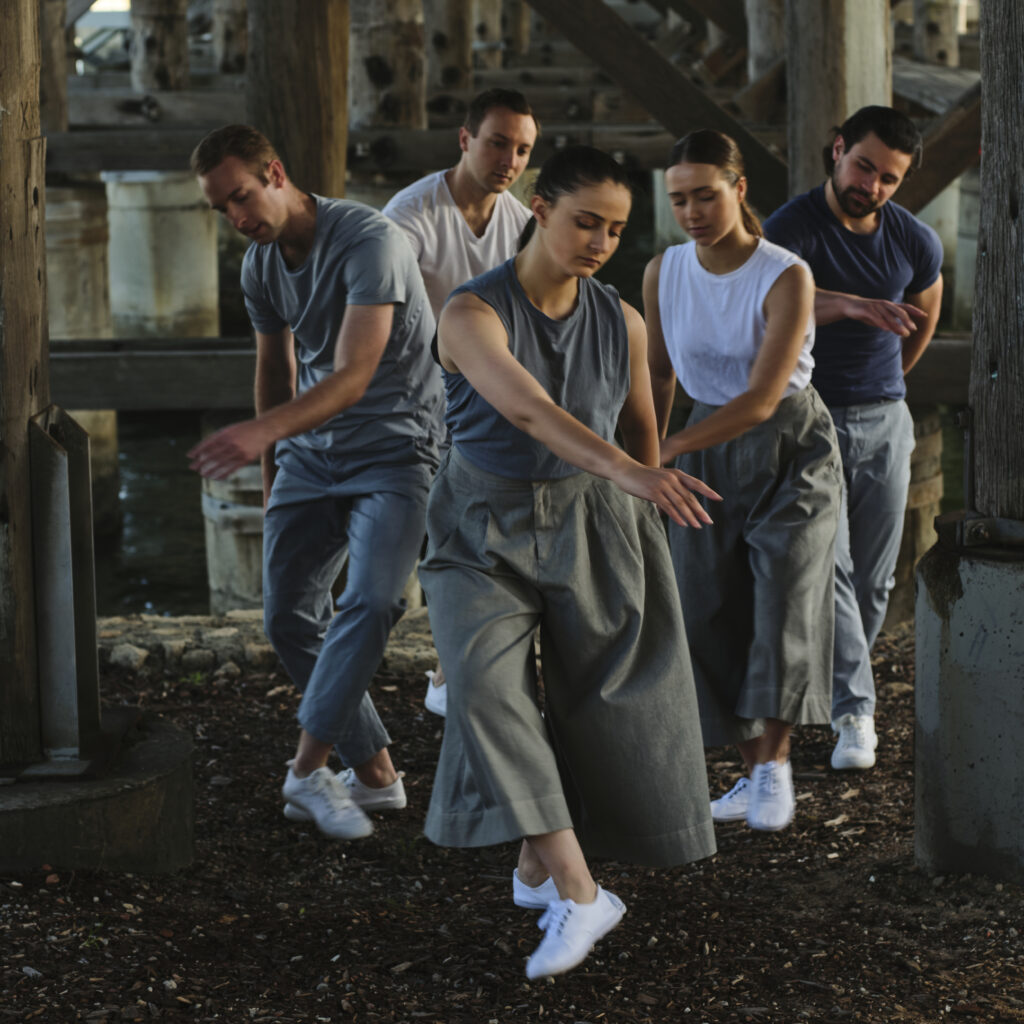Wondering what to check out at the Fremantle Biennale? Nardia Plumridge has some suggestions.
Five shows to see at the Fremantle Biennale
26 October 2021
- Reading time • 9 minutesMulti-arts
More like this
- Halloween special: How to make blood and other stage tricks
- Seadragon weaves magic spell
- Spring into the school holidays
It could be a little luck that the Fremantle Biennale naturally skipped 2020, a year that saw much of the live arts scene in WA press pause. Back for 2021, the programming for Crossing 21 – the third edition of the Biennale – offers a mix of site-specific works in the port city, most of which are free.
Founded in 2017 by Tom Mùller with Corine Van Hall and Pete Stone, the Fremantle Biennale was initially launched as a platform to bring world-renowned installation and performance artists to Western Australia, and to work with local creatives to provide mentorship. “It was steeped in ambitious thinking,” Mùller, Fremantle Biennale Artistic Director, says.
While “High Tides” (2017) and “Undercurrent” (2019) were iterations that responded to the built form and Walyalup’s (Fremantle’s) history, 2021’s theme – “Crossing 21” – unites First Nations and non-Indigenous artists in site-responsive works that explore Walyalup’s relationship with the Derbarl Yerrigan (Swan River). Acknowledging and exploring First Nations people’s cultural and spiritual connection to the estuary, much of the festival activity is based between the two main bridges that link Fremantle to Perth’s northern suburbs, with venues situated along the waterway that trace the shores of the river up to Dyoondalup (Point Walter).
The destruction of an ancient crossing point is seminal to this year’s Biennale. Before colonisation, Walyalup was a key location where bidi (trails) would connect the Whadjuk people from the inland to the coast, with one bidi, a limestone rock bar, crossing at the mouth of the Swan River. In 1892 that bidi was destroyed by engineer C.Y. O’Connor to open up the waterways for modern industry. The subsequent disruption of the balance that once existed between the river and ocean, and its people, underpins this year’s “Crossing” theme.
Cultural advisors Whadjuk Noongar woman Sandra Harben and Noongar artist Rohin Kickett have been central to the development of the works and events on the Crossing 21 program, says Mùller. “It’s a cross-culture collaboration, with artists working with Sandra and Rohin as creative consultants, who could cross-examine and give feedback, offering a different way for the artists to work outside the Western canon, the results offering more confronting and challenging events.”
The outcome is 20 artworks and performances, many large-scale, that promise to be as immersive for the audience as for the artist during their development.
Seesaw’s top five picks for the Fremantle Biennale

Moombaki
Ilona McGuire and Elders
The headline work of the Fremantle Biennale is Ilona McGuire’s Moombaki, a choreographed light show using Australia’s first fleet of over 160 drones to re-create the stories of Whadjuk Noongar Country. “We couldn’t touch the land, waters or bridges because of restrictions between Fremantle Traffic Bridge and Stirling Bridge so the space in between became available,” says Mùller. “We became the producers of the site – helping to bring the creative ideas of the artists and custodians to life. There is a live sound component to the work, reshaped art with a voiceover narrative working with locals Ned Beckley and Josh Hogan of Envelope Audio. Finding a local drone operator with the experience and capacity to enable and honour the voice that needs to be heard was a challenge. It’s more than a light show, it’s an engineering feat.”

Vespers
Rachael Dease (composer) and Tim Collins (sound designer)
This is a sound, music and performance piece designed for the bilya (river), with audiences along the the shoreline, says Mùller. “The water is the stage, hosting five couta boats – the Victorian styled boat – in a nautical ballet in East Fremantle (by John Tonkin Reserve), with a live musical score.” Performed at sunset, Vespers‘ small floating chorus of yachts will drift downstream to the audience.

The Commonwealth of New Bayswater
Jessee Lee Johns, Rohin Kickett, Jacob Diamond
“Jessee Lee Johns is a local artist, and this work is about sovereignty,” explains Mùller. “What is it like to colonise? The Commonwealth of New Bayswater is creating a mini new nation with passport control over three sites. ‘Public Works and Embassy’ is near The Naval Store. The second is ‘Downtown’, by East Street Jetty, where there will be a hairdresser, a museum of modern art, and a small motel. And a third site features ‘The Inverted Museum of History’, at Blackwall Reach. Here Noongar artists play a reversal of history, where pictures feature white men not black. Confronting themes are playfully delivered in a humorous way.”

Bullhorn
Clint Bracknell, Callum G’Froerer (composers) and Trevor Ryan (choreographer)
“Bullhorn is a dance and music piece that is pretty up-beat. With 30 dancers and a 15-piece brass ensemble, this 45-minute performance from Fremantle Traffic Bridge to Stirling Bridge is a New Orleans procession in style,” says Mùller. “It has its core in ceremonial marches. It centres around the bull shark and the brackish water where the saltwater meets the river; a place-based performance work with hope, that starts at twilight.”

A Blessed Curse
Maitland Schnaars and Brooke Leeder & Dancers, with Ian Wilkes, Humphrey Bower and Azariah Felton
“This work of physical theatre and music is about the demise of C.Y. O’Connor, who took his own life. He was working on the pipeline to Kalgoorlie, and it’s believed he had an awareness of the impact that his work was having on the land and the Indigenous community. His death, by suicide, is a Western experience. But the Indigenous peoples believed he was sung to death, that the country enveloped him, as there were many songs about him that the local tribes, during his lifetime, sang about his impact on their lands.”
Fremantle Biennale CROSSING 21 runs 5 – 21 November 2021. See the full program of events at fremantlebiennale.com.au/
You can find more Fremantle Biennale recommendations on the November episode of our podcast, Your Arts Playground, out now!
Pictured top: Artist Ilona McGuire and Fremantle Biennale Artistic Director Tom Muller. Photo: Duncan Wright
Like what you're reading? Support Seesaw.






